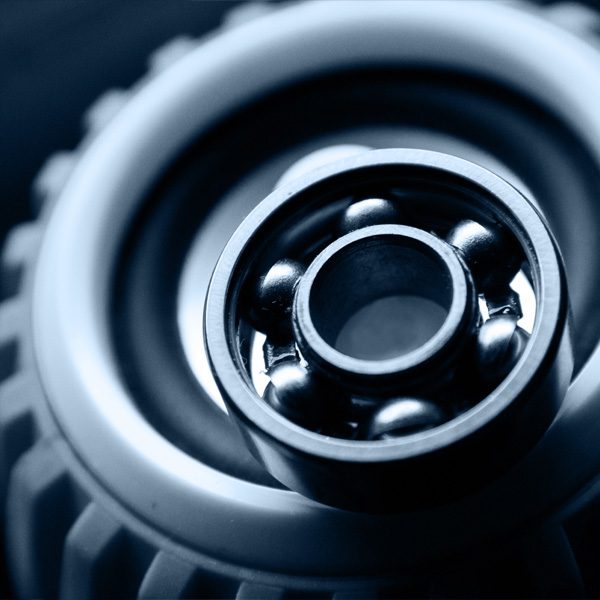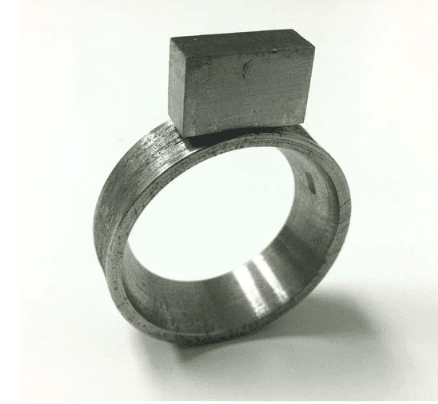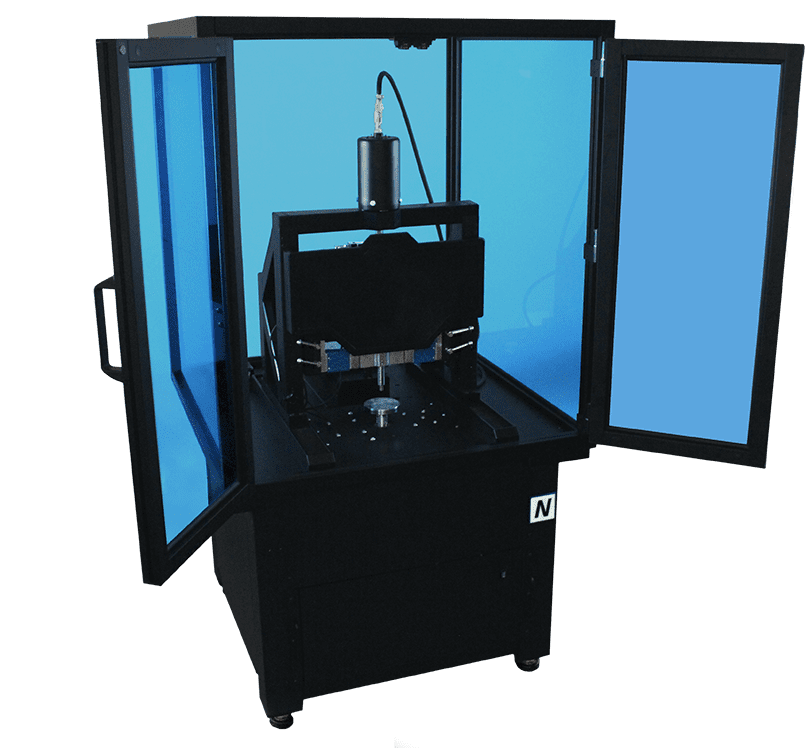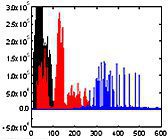
Módulo Bloque-sobre-Anillo
Anteriormente
Siguiente
El ensayo de bloque sobre anillo es una técnica ampliamente utilizada que evalúa los comportamientos de desgaste por deslizamiento de los materiales en muchas condiciones simuladas diferentes.
¿Cómo funciona?

La prueba Bloque-sobre-Anillo permite una clasificación fiable de las parejas de materiales para
aplicaciones tribológicas específicas.
Se presiona un bloque sobre un anillo giratorio.
Extrema Versatilidad
NORMAS
- ASTM G77
- ASTM G137
* Los límites de los parámetros del instrumento pueden diferir de los especificados en la norma.
Propiedades Analizadas
- Coeficiente de fricción
- Índices de desgaste
- Puntos de fallo
- Estudios de lubricación
- Fricción frente a la velocidad
- Fricción frente a la carga (T2000)
SENSORES
- Profundidad
- Emisión acústica
Muestra inferior giratoria
- Anillo (34,98 mm de diámetro exterior) - el material puede variar
- Capacidad de velocidad de rotación de hasta 5.000 rpm
Muestra superior fija
- Bloque de acero (15,75×10,16×6,35 mm)
(Diamante, WC, Caucho y muchos otros materiales) - Bola de 3, 6, 10 y 25 mm
- Tamaños de bolas personalizados
- Pins personalizados
- Placa plana
- Geometrías personalizadas
Condiciones Ambientales
- Copa de líquido y calentamiento de líquido hasta 150 °C
- Lubricación gota a gota
- Control de la humedad
- Cámara de refrigeración -40 °C
- Varios gases
- Vacío (personalizado)
- Adaptador criogénico (personalizado)












